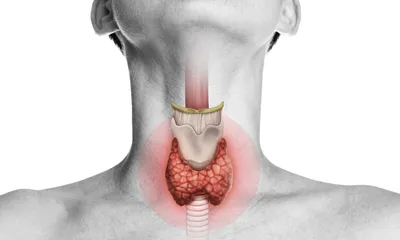Pain
-
Description
-
Signs & Symptoms
-
Anatomy
-
Cause
-
Diagnosis
What is Chronic Pain?
Chronic pain is a source of ongoing debilitation for so many people, and it can be lasting pain of differing levels of severity that is emanating from any part of the body. The diagnostic criteria for lasting pain is that it has endured for over 3 months without any significant period of reprieve, and for some people their chronic pain may cause immobility or the inability to complete tasks that are required as part of day-to-day life. Chronic pain is most often muscular or joint pain, but nerve pain can also be chronic.
This is one of the most widespread ailments affecting people in North America, with millions of people in the USA and Canada experiencing chronic pain coming from one or more area of their body. It can take a toll on a person’s mental wellness and also diminish quality of life if the pain is severe and has persisted for a long time.
What Causes Chronic Pain?
Chronic pain can have any number of different explanations as to why it is happening. With osteoarthritis or rheumatoid arthritis, the pain is going to be caused by inflammation, and chronic joint or muscle pain (musculoskeletal pain) can also be the result of traumatic injury. Diseases can also be behind what causes chronic pain, with cancer and fibromyalgia being good examples of them. Organ dysfunction in the body may be the cause of visceral pain, and central sensitization may be the reason that pain is occurring because of oversensitivity to stimuli.
There are also risk factors for chronic pain, and they include advanced age, previous injury, type of employment, severe stress, and a genetic predisposition for some conditions that cause it. Obesity and substance abuse are also factors that will increase the chances a person experiences chronic pain.
Chronic Pain Symptoms
People enduring chronic pain may experience any of the following symptoms – aching, burning, shooting, tightness and squeezing, stiffness, stinging, or throbbing. The pain may create adjoining symptoms or conditions that are the result of having to deal with the pain on an ongoing basis. These can include:
- Generalized anxiety disorder
- Major depressive disorder
- Fatigue
- Insomnia
- Lasting irritability or frequent mood swings
Chronic Pain Treatment
The most conventional approach to chronic pain treatment is to have the person taking NSAID painkiller medications like Toradol or Clinoril that suppress the inflammatory response causing pain in the body. For less severe chronic pain, an OTC pain reliever like Naproxen may be all that’s needed to have the pain subside and become more tolerable. Physical and/or occupational therapy may also be recommended for people who need to find a way to deal with chronic pain.
Complementary medicine approaches can also be helpful for chronic pain treatment, and some people have achieved major reductions in the severity of their pain with massage therapy, biofeedback, TENS therapy, steroid injection, or even from meditation. For causes of severe pain resulting from disease, a doctor may approve a patient taking opioid painkiller medications, but it is very important that these meds are only taken at the dosage strength and frequency indicated in the prescription.
Signs & Symptoms
- Aching
- Burning
- Stabbing
- Throbbing
- Shooting
- Tingling
- Soreness
- Stiffness
- Sharp or dull sensation
- Discomfort
- Sensitivity to touch
- Swelling
- Radiating pain
Anatomy
- Nervous system
- Muscles
- Joints
- Bones
- Skin
- Organs
- Tendons
- Ligaments
- Blood vessels
Cause
- Injury
- Inflammation
- Infection
- Nerve damage
- Chronic conditions (e.g., arthritis)
- Surgery
- Cancer
- Muscle strain
- Autoimmune disorders
- Stress
- Poor posture
- Overuse or repetitive movements
Diagnosis
- Medical history review
- Physical examination
- Pain assessment scales
- Blood tests
- Imaging tests (X-ray, MRI, CT scan)
- Nerve conduction studies
- Electromyography (EMG)
- Ultrasound
- Bone scan
- Joint fluid analysis
- Biopsy



